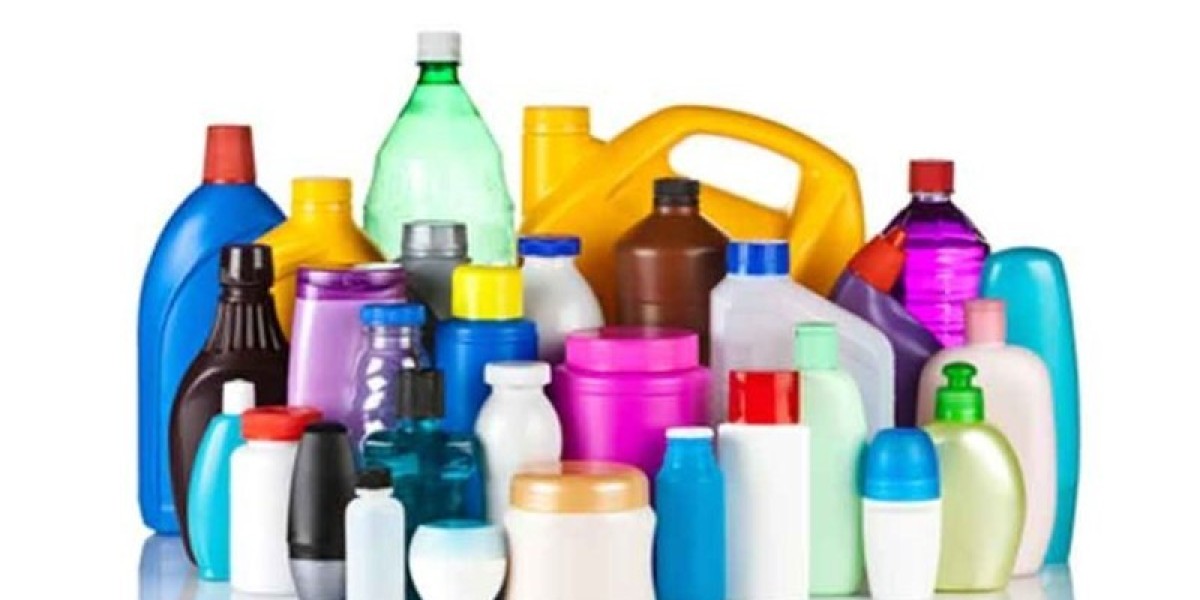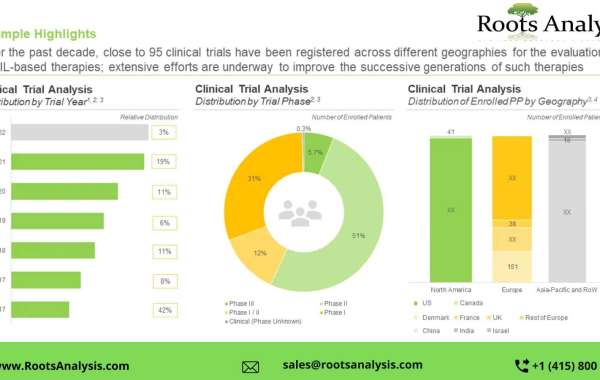Introduction
Rigid packaging refers to packaging solutions made from rigid materials like plastic, metal, glass that provide structure and protection to products. These packaging types help maintain the integrity and quality of products during transportation and storage. Some common examples of hard packaging include bottles, cans, jars, boxes, cartons etc.
Types of Rigid Packaging
Plastic Hard Packaging
Plastic is one of the most widely used materials for hard packaging due to its versatility and moisture barrier properties. Common plastic packaging types include PET bottles, HDPE containers, PP tubs and jars. Plastic provides an affordable and lightweight solution compared to other materials. It can be easily molded into various shapes and sizes. However, recycling of plastic waste remains an issue.
Metal Hard Packaging
Metal packaging like aluminum and tinplate cans are highly durable and 100% recyclable. Cans are commonly used to package beverages, food items like tuna, vegetables etc. Metallic coatings on the inner side of cans prevent corrosion and prolong the shelf life of contents. Cans are tamper proof and offer complete product protection. However, metal packaging has a higher materials and production cost compared to plastics.
Glass Hard Packaging
Glass is a premium packaging material known for its transparency and chemical resistance. Products like jams, sauces, beverages, pharmaceuticals commonly use glass bottles or jars for packaging. Glass does not leach any chemicals into the product and is completely inert. It allows consumers to view the product. However, glass is heavy and prone to breakage making transportation and storage challenging.
Paperboard & Corrugated Packaging
Paperboard made from tree pulp is eco-friendly and recyclable. It is used extensively for rigid boxes and cartons to package bulk quantities of food, cosmetics and other consumer goods. Corrugated boxes or containers provide rugged protection during shipment of heavier and bulkier items. Paper offers printability and graphics capability. However, it provides lower moisture and gas barrier than plastic or metal.
Functions and Benefits of Rigid Packaging
Protection from damage
Rigid containers securely hold products in their original shape and protect them from external factors like pressure, moisture, microorganisms etc. during transportation and storage. The rigid structure absorbs impacts and prevents damage to packaged contents.
Tamper evidence
Hard packaging like bottles and cans with threaded caps or pull-ring seals provide clear visual indication if the container has been opened. This assures customers about the integrity and safety of packaged food items.
Extend shelf life
Materials like glass, metal and rigid plastics act as effective barriers to moisture, oxygen, light which are the main causes for product degradation. This ability to block external harmful elements helps preserve freshness and extend shelf life of packaged items.
Dosage control
Rigid containers in set volumes or sizes allow controlled dispensing of contents. For example, bottles facilitate accurate dosage of beverages, pharmaceuticals and other liquid products.
Support graphics and labeling
Rigid packages provide large surface area for branding with labels, tags and other graphics. Catchy designs, product information convince customers and aid branding/promotion at the point of sale.
Reusability and recycling
While rigid materials are durable, emptied containers of glass, metal, plastics can also be efficiently reused or recycled after customer use extending sustainable practices.
Applications of Hard Packaging in Various Industries
Food and Beverage Industry
Most food products require packaging that preserves quality and freshness during warehousing and distribution phases. Rigid containers like bottles, cans, plastic tubs safely package items ranging from edible oils, sauces, milk, juices to ice creams with superior barrier properties. Their stacking strength enhances transport efficiency.
Pharmaceutical Industry
Pharmaceutical products are actively packed in bottles, vials etc. that meet stringent regulatory standards. Tamper-proof and child-resistant configurations ensure product integrity and safety. Printed medication guidelines assist patients.
Personal Care and Cosmetics
Rigid plastic jars, tubes and bottles effectively dispense products like creams, ointments gels etc. while maintaining purity and aesthetics favored by customers. Elegant designs improve branding.
Industrial Chemicals
Hazardous chemicals demand packaging performance in leak-proof and impact-resistant containers made from Suitable materials evaluated for material compatibility with contents and applicable safety certifications. Rigid intermediate bulk containers are designed for large scale transportation and storage.
Conclusion
In conclusion, rigid packaging formats deliver superior product protection and preserve quality right from production to consumer use across application sectors. Materials innovation helps replace environmentally unfriendly packaging with reusable, sustainable alternatives. With advantages like improved barrier properties, tamper evident designs and graphics capabilities, rigid solutions are well positioned to meet evolving industry and customer packaging requirements.
অনুসন্ধান করুন
- Friendly Websites www.wsisw.com www.bybit.com www.temu.com www.ebay.com www.adsy.com www.iherb.com www.whmcs.com www.secsers.com www.cambly.com www.binance.com www.displate.com www.magenet.com www.gainrock.com www.seoclerks.com www.aliexpress.com www.freelancer.com www.rankranger.com www.wehaveoffer.com www.qrmenutable.com www.coinpayments.net www.linksmanagement.com
জনপ্রিয় পোস্ট










